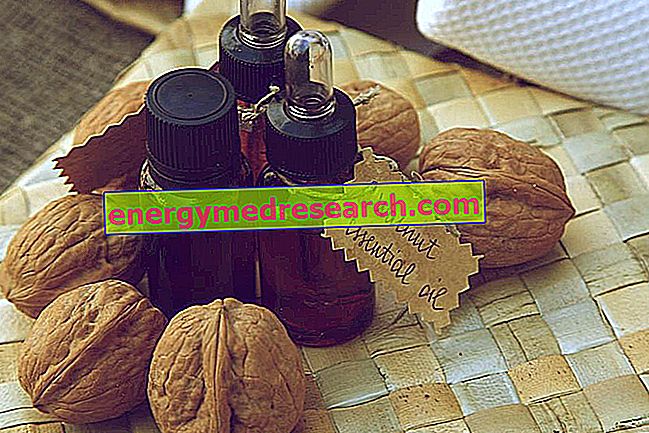
Improper Use of Walnut
The so-called black walnut ( Juglans nigra ) has been promoted as a potential cure for bowel cancer, since it should kill a parasite responsible for the onset of this disease. However, according to the "American Cancer Society", the scientific evidence available to date does not support the theory that black walnut skins can eliminate parasites from the intestinal tract or that they are effective in treating cancer or any other disease.
The inflorescences of walnuts have been listed as one of the 38 elements used to prepare the "Bach Flowers", that is a type of alternative medicine promoted for its supposed health effects. On the other hand, according to the "Cancer Research UK", there is no scientific evidence to prove that the aforementioned flower remedies are able to control, cure or prevent any kind of disease, much less cancer.
Walnuts and Health
However, raw nuts contain many antioxidants (which perform various beneficial functions, including anticancer) and provide an excellent amount of essential polyunsaturated fatty acids of the n-6 and n-3 groups; among the latter, the concentration of alpha-linolenic acid stands out, involved in the prevention of cardio vascular discomforts). The roasting, sometimes used to reduce the water concentration of the food, drastically reduces the levels of these elements.
Inks and Colorants based on Walnut Peel
The skins of the black walnut fruit are used to produce writing and drawing ink. This boasts excellent archiving properties (duration) and throughout history has been used by many great artists, including Leonardo da Vinci and Rembrandt.
Walnut peels are also used as a brown dye for fabrics. Furthermore, walnut-based hair dyes were used both in the Classical era, in Rome, and in the Middle Ages, throughout Europe.
Nuts and Aeronautics
The US military has used liquid organic parts of walnut (harvested from the ground) for cleaning some aeronautical components, as they are cheap and non-abrasive. However, during the investigation of a plane crash on September 11, 1982, in Mannheim, Germany, it was discovered that some walnut residues had blocked a conduit and caused the accident; obviously, the revelation interrupted the use of the product in the context of aeronautics.



